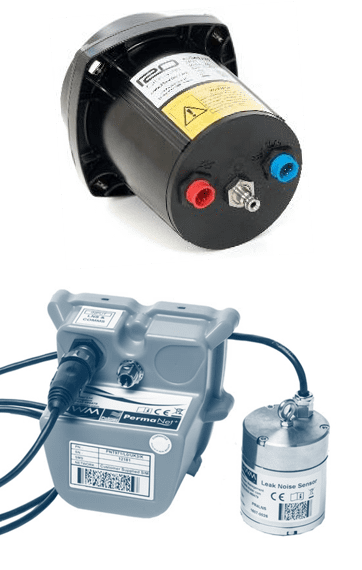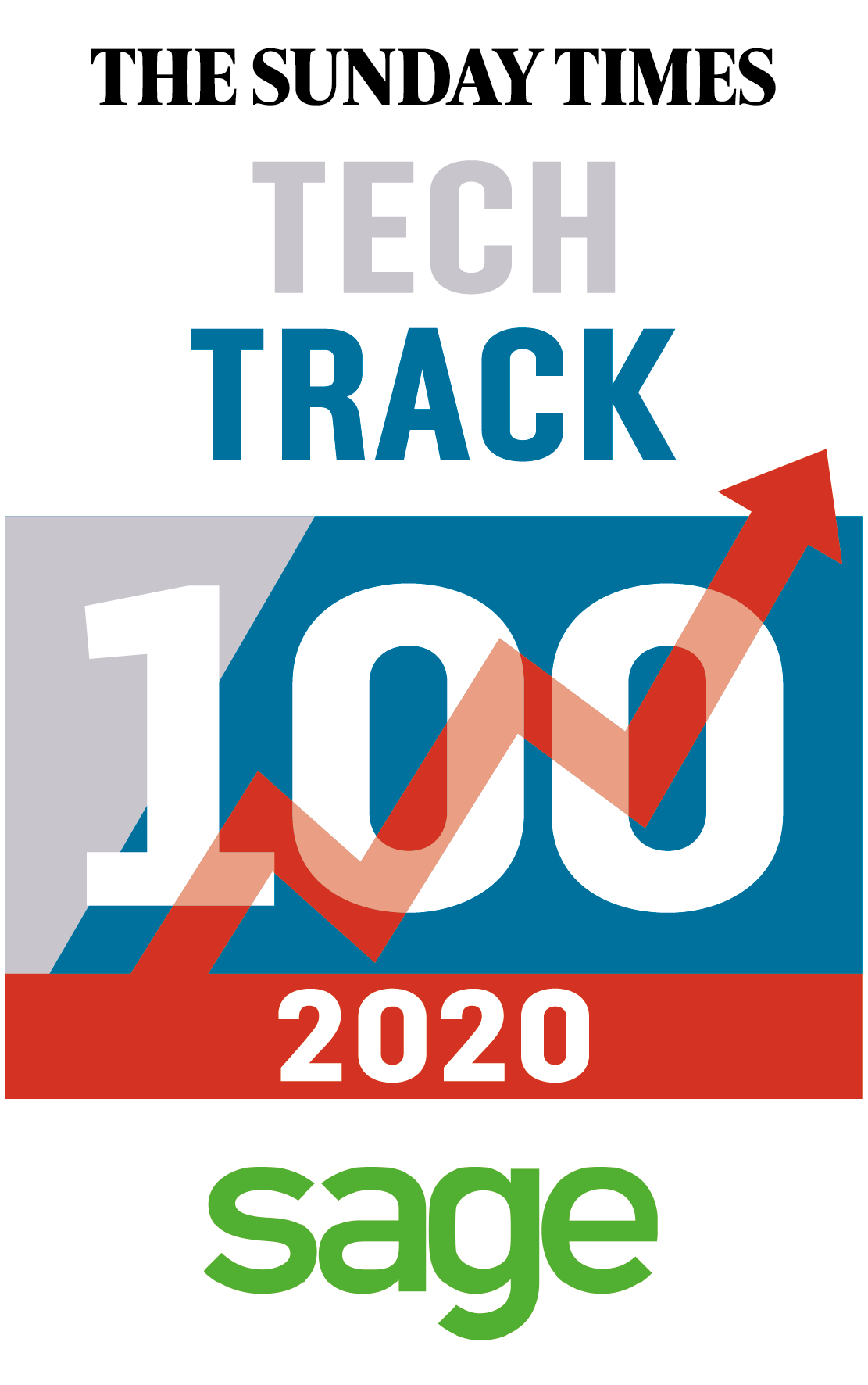
Pressure logging or acoustic logging?
Stuart Mawditt asks a great question: what delivers the best benefits acoustic or pressure logging?

Stuart Mawditt asks a great question: what delivers the best benefits acoustic or pressure logging?
It’s been fashionable in the UK over the last few years for water companies to buy lots of acoustic loggers and boast about it:
However, water companies report large numbers of their acoustic loggers not working – failed batteries, incorrectly attached, not communicating, etc.
And there’s evidence that the data they yield requires much more processing to derive value from it. UU for example has incubated FIDO in its Innovation Lab to extract more insight from the acoustic data.
Wessex Water is asking the same question in one of its Innovation Challenges.
Meanwhile pressure loggers are getting cheaper; they’re more reliable; those from i2O are capable of returning information from which transients can be detected and PRV condition inferred, significantly enhancing network understanding. And analytics solutions like iNet from i2O are being developed to automate the processing and extract of insight from pressure/flow data, and assist in the maintenance of the logger estate.
The investment cost is reducing and the return on it is increasing.
This opens up the possibility of more dense deployments of pressure loggers. Some water companies in the UK are now deploying at a density of around 7 pressure loggers per DMA.
In the final analysis, both acoustic and pressure logging have a role to play. But in terms of purchasing, the pendulum is likely to swing to pressure loggers over the next few years.